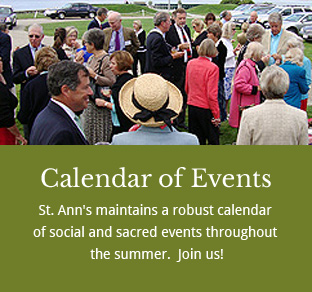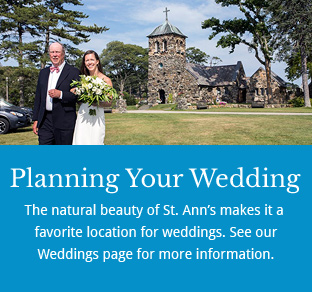Category Archives: Uncategorized
Colleen McGary Smith
Baroque Cello
A versatile and adventurous performer, Colleen McGary-Smith appears throughout New England on historical and modern cellos as well as viola da gamba. Colleen is a member of the Handel and Haydn Society, with whom she has recorded on the Coro Label. She also performs with Emmanuel Music.
Past season highlights include performances with Boston Baroque, Vista Philharmonic, The Berry Collective, Les Bostonades, Pro Arte Chamber Orchestra, Boston Lyric Opera,
Jenny Stirling
Baroque Viola
Born in the UK, from a family of fine classical musicians, Jenny Stirling trained at the Guildhall School of Music in London as a student of David Takeno. Diverting for a few years to explore her love of Culinary Arts, she resumed her musical studies, acquiring degrees in violin performance at the New England Conservatory of Music, and viola at SUNY, Stony Brook.
Jenny played for many years with Craig Smith and Emmanuel Music,
The Harpsichord
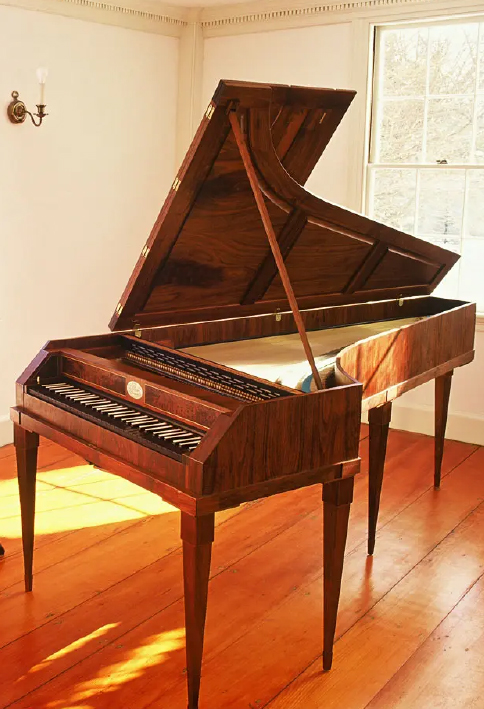
A harpsichord is a musical instrument played by means of a keyboard. Unlike a fortepiano or modern piano that users hammers to strike strings, the keyboard on a harpsichord activates a row of levers that turn a trigger mechanism that plucks the strings with a small plectrum made from quill or plastic. The strings are under tension on a soundboard, which is mounted in a wooden case. The soundboard amplifies the vibrations from the strings so that the listeners can hear it.
The Natural Trumpet
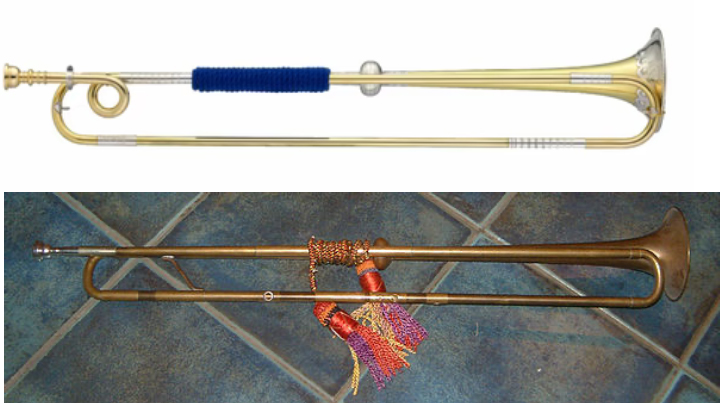
The natural trumpet was originally used as a military instrument to facilitate communication (e.g. break camp, retreat, etc.). Even before the late Baroque period the natural trumpet had been accepted into Western music. The baroque trumpet is designed to allow more modern performers to emulate the natural trumpet when playing music of that time. Some modern performers use natural trumpets unchanged in design since the Baroque era while others choose baroque trumpets constructed with vents which help to ensure acceptable intonation.
Violone
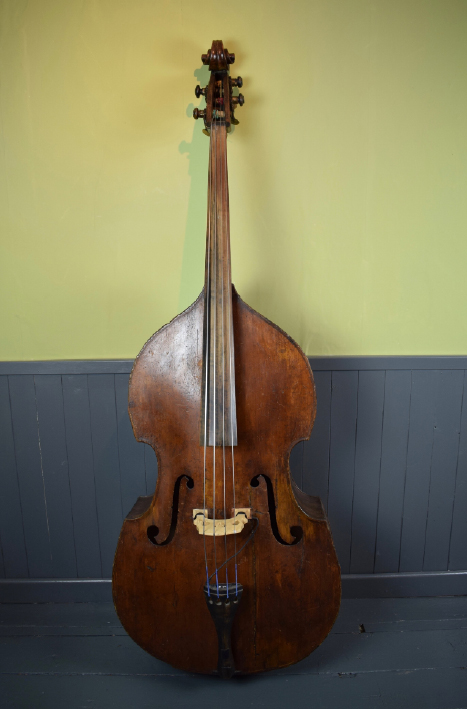
The Violone, a forerunner of the modern double bass, is the largest and lowest-pitched bowed, (or plucked) instrument in the string section. The violone is a standard member of the orchestra’s string section, as well as the concert band, and is featured in concertos, solo, and chamber music in Western classical music.
The violone is played with a bow (arco), or by plucking the strings (pizzicato), or via a variety of extended techniques.
The Baroque Cello

The Baroque cello or violoncello is a bowed (and occasionally plucked) string instrument of the violin family. The cello often plays the bass part, both in chamber music such as string quartets and the orchestra’s string section, where the cello may be reinforced an octave lower by the double basses. Figured bass music of the Baroque-era typically assumes a cello, viola da gamba or bassoon as part of the basso continuo group alongside chordal instruments such as organ,
Classical Oboe

The oboe is a type of double reed woodwind instrument. Today, the oboe is commonly used as orchestral or solo instrument in symphony orchestras, concert bands, chamber ensembles and classical music. The oboe is widely recognized as the instrument that tunes the orchestra with its distinctive ‘A’.
The standard Baroque oboe is generally made of boxwood and has three keys: a “great” key and two side keys (the side key is often doubled to facilitate use of either the right or left hand on the bottom holes).
Baroque Flute
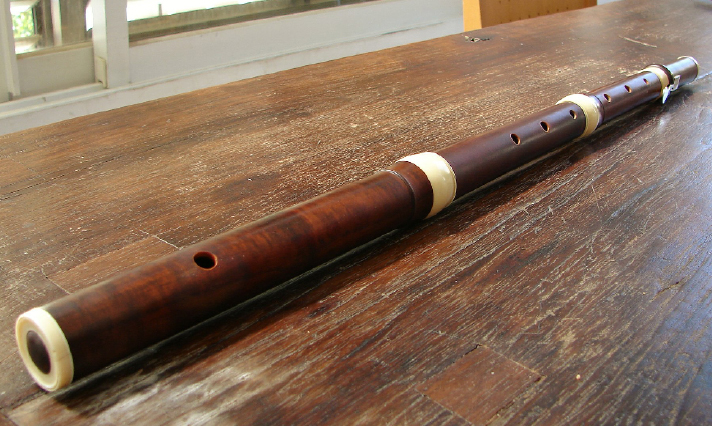
The baroque era traverse flute – made of wood and lacking keys – is often referred to by an Italian name, “traverso,” to distinguish it from modern concert flutes. This is a traverse-blown flute, with the mouthpiece on the side. The traverso became increasingly prominent in orchestral music throughout the 16th and 17th centuries.
The baroque flute head joint starts straight and gradually tapers towards the end of the instrument. Unlike modern metal flutes,
Viola

The viola is a string instrument that is bowed or played with varying techniques. It is slightly larger than a violin and has a lower and deeper sound. Since the 18th century, it has been the middle or alto voice of the violin family, between the violin (which is tuned a perfect fifth above) and the cello (which is tuned an octave below). The strings from low to high are typically tuned to C3,
Baroque Violin
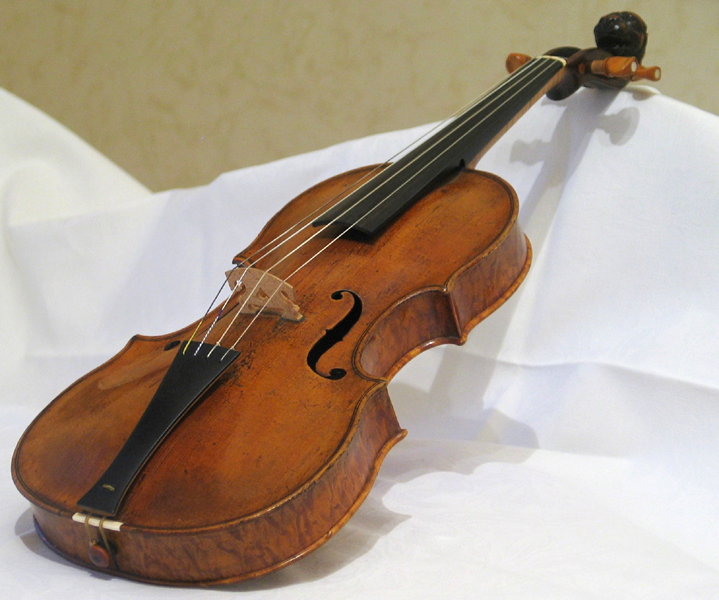
A Baroque violin is a violin set up in the manner of the baroque period of music. The term includes original instruments which have survived unmodified since the Baroque period, as well as later instruments adjusted to the baroque setup, and modern replicas. The differences between a Baroque violin and a modern instrument include the size and nature of the neck, fingerboard, bridge, bass bar, and tailpiece. Baroque violins are almost always fitted with gut strings,

